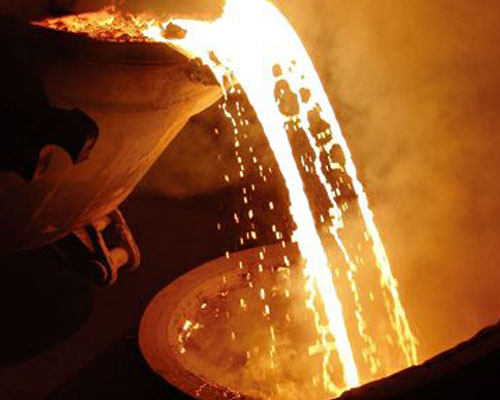The purification of aluminum alloy quality control is the most important link in the quality control of aluminum alloy wires. Reducing gas impurities and non-metallic inclusions in the wire rod casting billet can reduce the wire breakage caused by bubbles or inclusions, reduce hydrogen embrittlement, and improve tensile strength, fatigue strength, and electrical conductivity. The impurities of aluminum alloy melt are mainly gas impurities and non-metallic inclusions.
Purification of Aluminum Alloy
Sources of gas impurities and influencing factors:
The main gas impurities in aluminum alloys are hydrogen. The main source of hydrogen in the aluminum melt is the hydrogen atoms produced by the reaction of water and aluminum liquid. When the temperature is lower than 250°C, the aluminum contacts the moisture in the air and reacts to produce hydrogen and aluminum hydroxide. Aluminum hydroxide will further react at 400℃ to produce aluminum oxide and hydrogen. Alumina exists in the aluminum liquid in the form of aluminum slag, and the hydrogen is mainly distributed in the metal atom gap in the form of atoms or ions in the aluminum melt. , A small amount is suspended in the melt in the form of molecular bubbles. The solubility of hydrogen in solid aluminum is very low. During the solidification of the aluminum melt, a large amount of hydrogen will precipitate out of the melt, forming bubbles in the cast slab, and affecting product performance.

The factors affecting the hydrogen content in molten aluminum are as follows:
The partial pressure of the gas in the melting environment. At the same temperature, the solubility of hydrogen in the metal increases with the increase of the hydrogen partial pressure in the furnace gas composition. Therefore, the hydrogen solubility in the aluminum melt smelted in the flame furnace is greater than that in the electric furnace. Practice has proved that in different seasons and regions, the hydrogen content of aluminum melt varies with the humidity of the air, and the hydrogen content increases with the increase of air humidity.
Melting temperature. The melting temperature and the hydrogen content of the melt are also positively correlated. The higher the melting temperature, the more hydrogen absorbed by the aluminum melt.
The influence of alloying elements. Alloying elements with greater hydrogen bonding force, such as titanium, zirconium, magnesium, etc., will increase the hydrogen solubility in the alloy. Elements such as copper, silicon, manganese, and zinc can reduce the solubility of hydrogen in aluminum alloys. High-strength aluminum-magnesium-silicon aluminum alloy belongs to medium-strength hydrogen-absorbing aluminum alloy.
The state of the oxide film on the surface of the aluminum melt and the length of the smelting time also have different effects on the hydrogen content in the aluminum melt.
AdTech offers fluxes, degassing unit, ceramic foam filter, and filtering unit for aluminum alloy purification.

